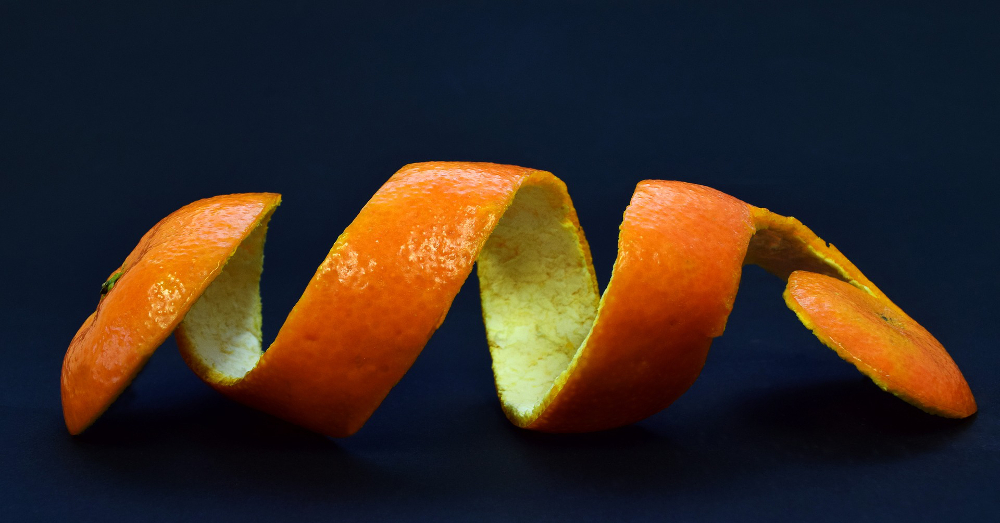
NYC Adopted Composting. Why Can’t Rhode Island?
It only took three years for New York City, with a population of 8.5 million, to launch a comprehensive composting program for homes, businesses, and schools. Why can’t Rhode Island, with 1.2 million people and more space for composting, do the same?
February 19, 2018 | Source: ecoRI News | by Tim Faulkner
It only took three years for New York City, with a population of 8.5 million, to launch a comprehensive composting program for homes, businesses, and schools. Why can’t Rhode Island, with 1.2 million people and more space for composting, do the same?
Here’s how New York City did it. For several years, environmental groups and plucky residents ran sanctioned and unofficial composting sites on city land. Food-scrap drop-off sites opened at farmers markets, parks and outside subway stations.
In 2013, seeing composting as an opportunity to address climate change, Mayor Michael Bloomberg championed a citywide program as one of his final initiatives in office. Composting curbs greenhouse-gas emissions and saves money by reducing the amount of waste trucked and shipped by rail to landfills, which costs the city about $105 a ton.
To encourage more composting, the New York City Council passed two laws to launch residential food-scrap collection and guidelines for diverting commercial waste from landfills. There were skeptics, even in the environmental community, who envisioned neglected piles of smelly, rotting food.
However, with funding from the city’s Department of Sanitation, groups such as GrowNYC and the Lower East Side Ecology Center taught classes on sustainability and composting to residents in their respective boroughs. As part of the NYC Compost Project, each group organized drop-off locations and managed a composting yard. First-time compost participants completed online training before receiving a pass code to bins at the drop-off sites.
Meanwhile, the sanitation department launched a separate program for curbside collection with a neighborhood in Staten Island and 100 schools as the first participants. A new brown bin joined the recycling and trash bins. The toters were emptied by trucks already collecting leaf and yard waste. Municipal employees managed the program and worked out any snags. Initially, the food scrap was sent to two composting sites and one anaerobic digester within the city.
